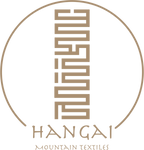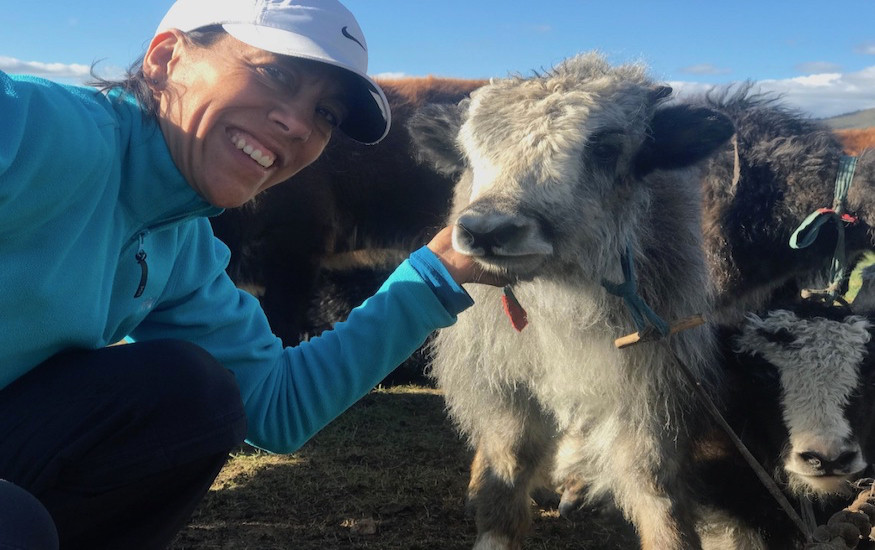Hangai's Natural Harvest: How we harvest our fiber?
Posted by Hangai Mountain Textiles on Apr 24th 2020
In the spring, yak down is harvested by combing, not shearing. The down is hand-sorted by color and quality.It is de-haired and then washed to remove impurities. After de-hairing and washing, only about 125 grams of pure fine down remains.
Dark chocolate down is the most common color, followed by medium brown, and the very rare platinum gray, which accounts for less than 10% of the total and commands a premium price. After drying and carding, the down is spun into yarn that is then woven and knit into luxuriously smooth and snug textiles. Yak down is an incredible insulator, allowing the yak to live at temperatures that hover around minus 40 celcius in the winter.
Yak wool is rich in myristic acid, a water-repelling fatty acid similar to, lanolin, associated with sheep wool. As a result, yak down is naturally water-resistant. It’s also hypo-allergenic. Yak down fibers range from 18-19 microns in diameter, a thinness that ensures softness and warmth rivaling other natural fibers.
Nomads who supply yak down to our weavers and knitters raise the animals in harmony with nature. Because of their grazing habits, yak are relatively light on the land, exerting less environmental pressure than other animals reared for fiber and wool.
Yak down has been engineered by nature over millennia. You will be warmer, drier and more comfortable wrapped in yak.

